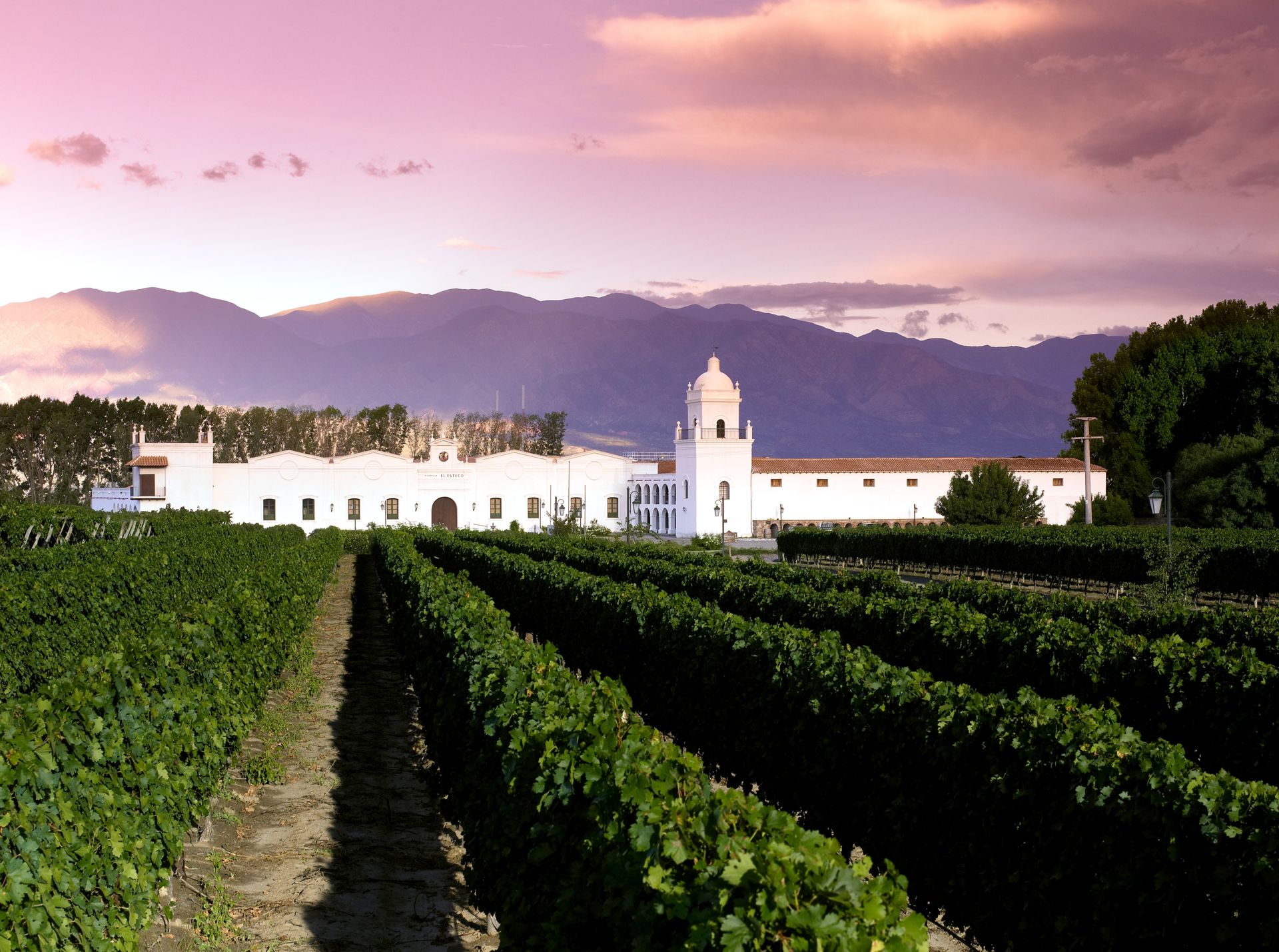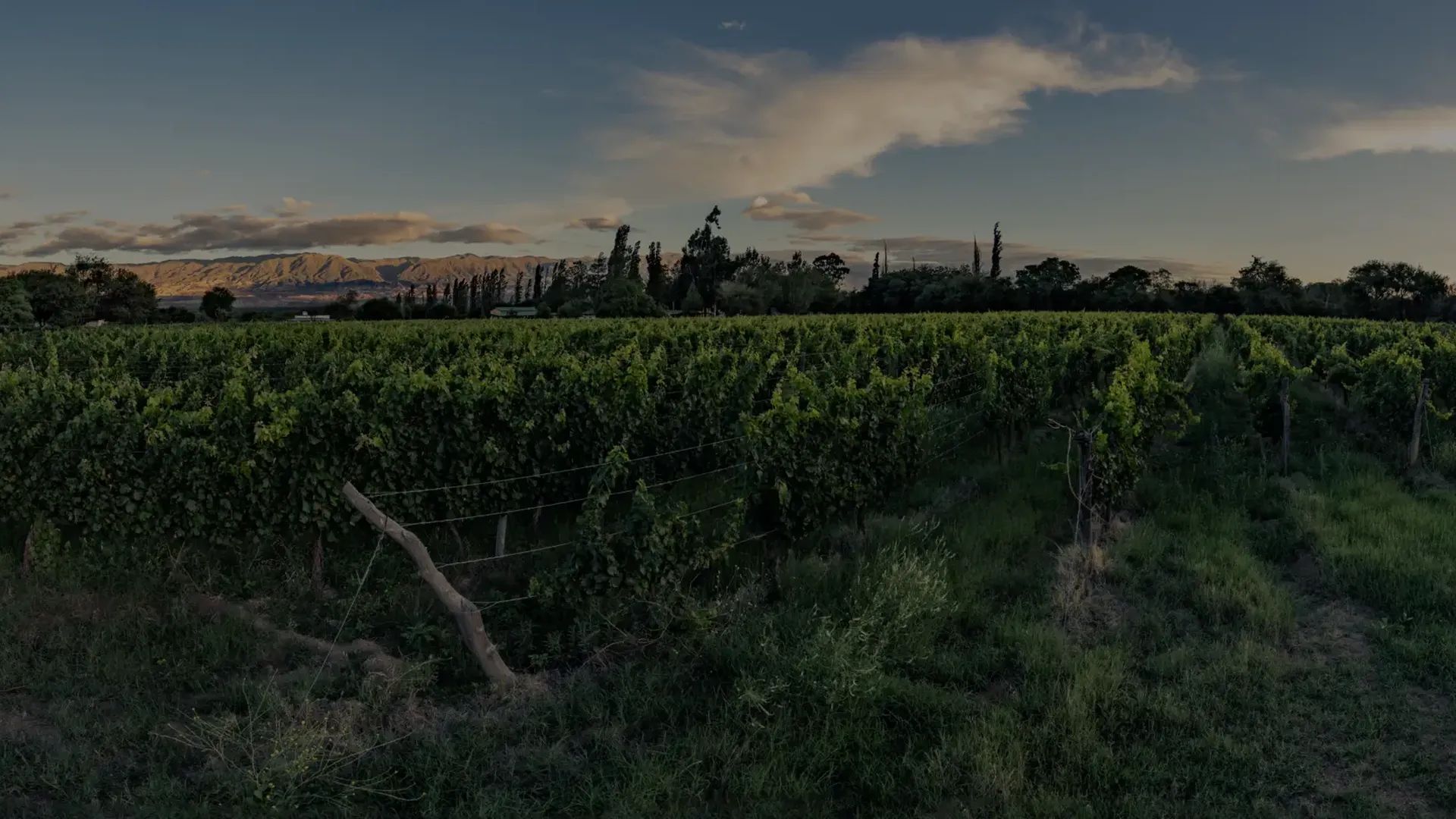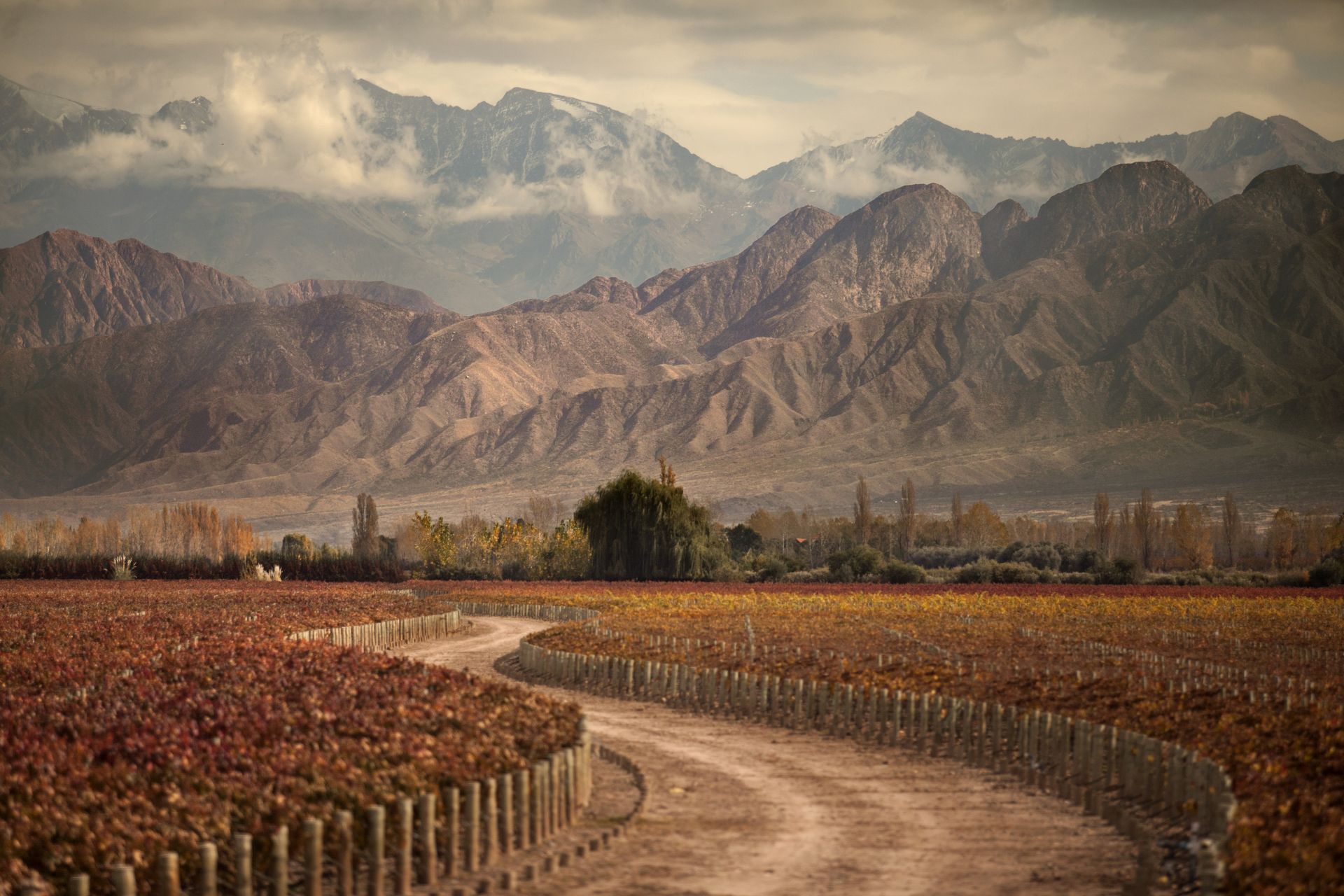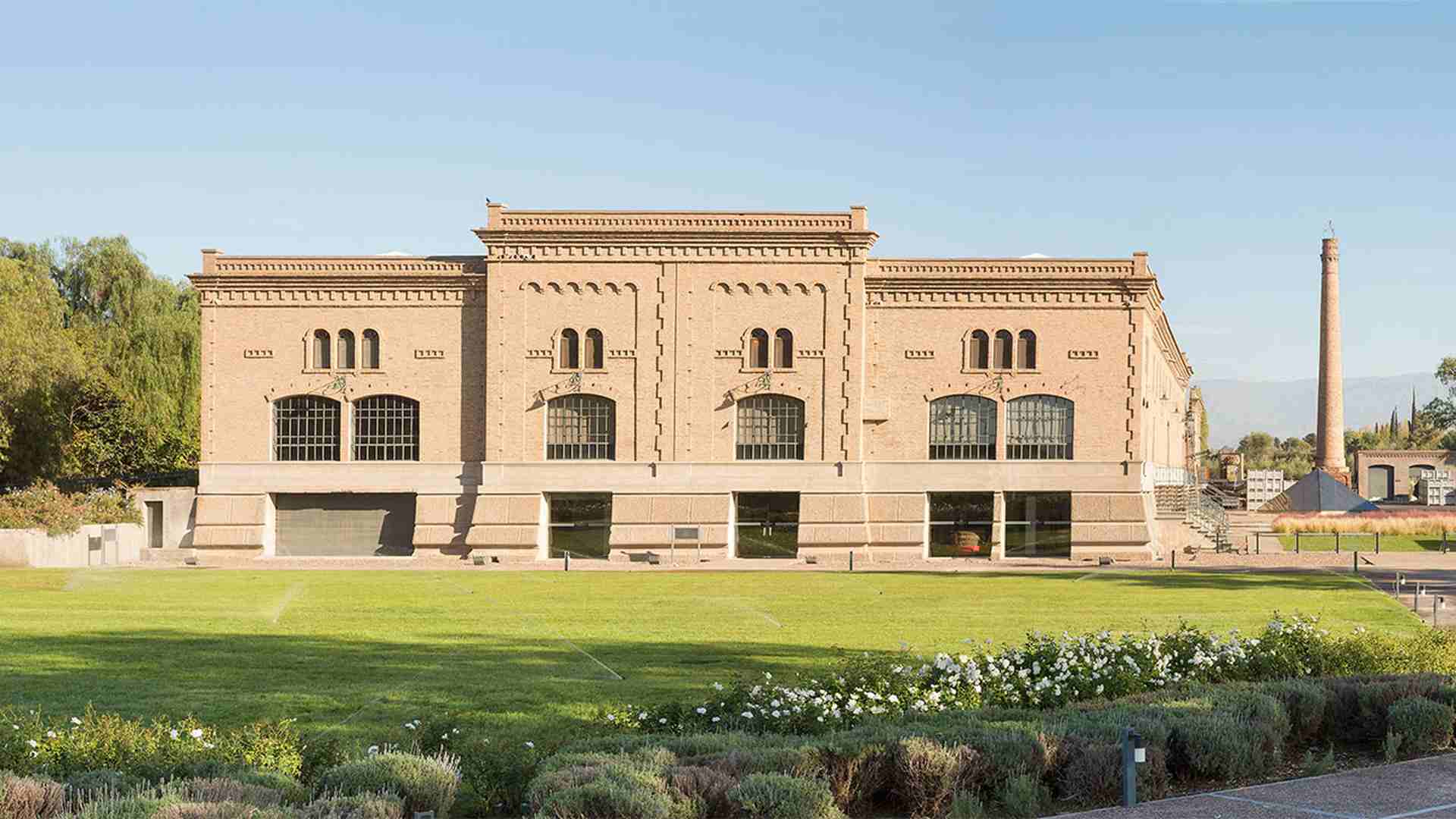Wine routes in Argentina
"Discover our wine routes in" Argentina
Argentina is a must-visit destination for wine and gastronomy lovers, with wine routes that allow visitors to discover a rich winemaking heritage, stunning landscapes, and warm hospitality. Argentina’s wine routes offer not only exceptional wine tastings but also the opportunity to experience the cultural essence of each region, from the famous province of Mendoza to the high-altitude valleys of northern Argentina.
The Mendoza Wine Route is undoubtedly the most renowned and extensive in Argentina. This region is the birthplace of Malbec, the symbol of Argentine wine, and one of the world’s most famous wine-producing areas. In Mendoza, visitors can explore wineries that range from small family-run vineyards to large, technologically advanced facilities. Many wineries offer exclusive experiences, including guided tastings, gourmet lunches among the vines, and cycling tours through landscapes with the stunning Andes Mountains as a backdrop. The Uco Valley subregion, at an altitude of over 1,000 meters, is especially famous for its high-altitude wines, which have a unique freshness and expression due to extreme climate conditions.
Further north, the Salta Wine Route is perfect for those seeking different experiences. In the Calchaquí Valleys region, vineyards are cultivated at higher altitudes than anywhere else in the world, some up to 3,000 meters above sea level. Salta wines, such as Torrontés, are known for their intensely aromatic profile, making them a unique tasting experience. In addition to the wineries, visitors can explore colonial towns like Cafayate, where traditional architecture and a laid-back atmosphere complement the wine experience beautifully.
The San Juan Wine Route is another gem of Argentine viticulture. Known for its Syrah wines, San Juan stands out for its dry, sunny climate, ideal for producing concentrated and bold wines. Here, visitors can discover wineries that combine traditional techniques with modern winemaking practices. The region is also known for its sparkling wines and varieties like Bonarda. San Juan provides the perfect opportunity to enjoy arid and mountainous landscapes and to engage in activities such as olive oil tasting, which beautifully complements the wine experience.
Another lesser-known but emerging route is Patagonia, particularly in the provinces of Río Negro and Neuquén. The wines from this region, especially Pinot Noir and Merlot, reflect the cold temperatures and long ripening cycles of this southern zone, offering elegant and fresh wines. In a setting of striking natural beauty, from mountains to rivers, visitors will find boutique wineries and vineyards that promote sustainable practices.
In each of these routes, Argentine wine tourism goes beyond wine, offering the chance to learn about the history and development of an industry deeply connected to the land and local culture. From traditional Argentine asados to innovative pairings with regional flavors, Argentina’s wine routes invite you to immerse yourself in a journey of discovery, flavor, and tradition in a country that proudly celebrates its winemaking heritage.
San Juan wine region

The Art of Winemaking.
The Wine Route of San Juan offers an exceptional wine experience in the province of San Juan, Argentina. San Juan is recognized as one of the country's leading wine regions, particularly known for its high-quality red wines.
The San Juan wine region benefits from a desert climate characterized by sunny days and cool nights, along with fertile soils and the influence of rivers flowing down from the Andes Mountains. These conditions create an ideal environment for cultivating high-quality grapes.
Additionally, the region produces sweet wines from varieties such as Muscat of Alexandria, Torrontés, Chenin Blanc, and Pedro Ximénez.
- Wineries with wine store
- Wineries with food
- Wineries with accommodation
- Wineries with winebar
- Petfriendly wineries
- family plans
Salta Wine Region

Wine from Salta, distinctive and unique.
The Wine Route of Salta is a prominent wine experience in the province of Salta, in the northwest of Argentina. Salta is known for being a high-altitude wine region, which gives its wines unique characteristics and distinctive flavors.
The Wine Route of Salta is an exciting tourist destination for exploring high-altitude vineyards, where vines can be found growing at elevations between 1,700 and 2,800 meters.
The main wine-producing areas are Cafayate, Colomé, and Santa María.
- Wineries with wine store 3
- Wineries with food 2
- Wineries with accommodation 3
- Wineries with winebar 2
- Petfriendly wineries
- family plans
Tucuman wine region

An emerging destination that promises to surprise wine lovers
- Wineries with wine store
- Wineries with food
- Wineries with accommodation 1
- Wineries with winebar
- Petfriendly wineries
- family plans
Catamarca wine region

The route offers the possibility of participating in local festivals that celebrate wine culture, combining music, dance and regional gastronomy. The mountainous landscapes and rich biodiversity surrounding the wineries provide a spectacular backdrop for the experience.
- Wineries with wine store
- Wineries with food
- Wineries with accommodation
- Wineries with winebar
- Petfriendly wineries
- family plans
La Rioja Argentina wine region

The Wine Route of La Rioja, Argentina, is a popular tourist destination located in the province of La Rioja in northwestern Argentina. This region is renowned for its high-quality wine production and its beautiful landscape of mountains and valleys.
- Wineries with wine store
- Wineries with food
- Wineries with accommodation
- Wineries with winebar
- Petfriendly wineries
- family plans
Mendoza, the heart of Argentine wine

Main wine region of Argentina and the birthplace of the best Malbec in the world.
The wine region of Mendoza is globally recognized as one of the premier destinations for wine tourism in Argentina, famous for its stunning landscapes and top-tier wine offerings.
- Wineries with wine store 1
- Wineries with food 1
- Wineries with accommodation
- Wineries with winebar
- Petfriendly wineries
- family plans
Río Negro wine region

Wines from the exotic Patagonia.
In the southern region of Argentina, we can find Río Negro and its wines from cold areas, with vineyards situated at low altitudes of around 200 meters.
Its vineyards thrive in sandy-loam soils, influenced by the river that flows through the area.
The best-cultivated varieties for reds include Cabernet Sauvignon, Merlot, Malbec, and Pinot Noir, while white varieties feature Semillón, Sauvignon Blanc, Chardonnay, Riesling, and the local Torrontés from Río Negro.
You can enjoy activities such as hiking, fishing, and birdwatching.
- Wineries with wine store
- Wineries with food
- Wineries with accommodation
- Wineries with winebar
- Petfriendly wineries
- family plans
Buenos aires wine region

The Buenos Aires Wine Route is an enriching experience that combines the enjoyment of wine, gastronomy and natural beauty, ideal for wine tourism enthusiasts.
- Wineries with wine store
- Wineries with food 1
- Wineries with accommodation
- Wineries with winebar
- Petfriendly wineries
- family plans